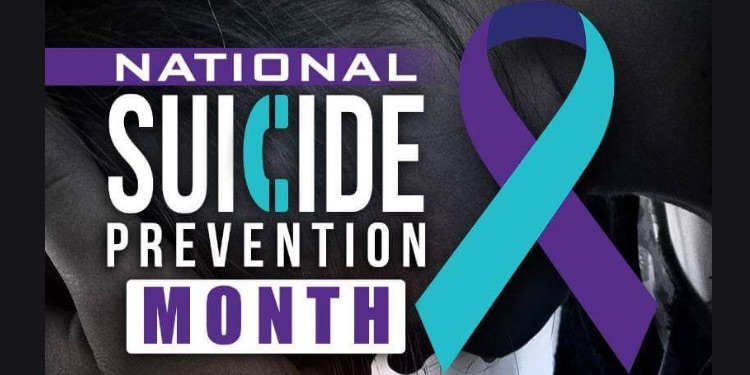Suicide is something that does not discriminate by race, gender, sexual orientation, class, religion, or socioeconomic status. However, the numbers are quite large in the African American community. Research by the Centers for Disease Control and Prevention (CDC) provided to the U.S Department of Health & Human Services Office of Minority Health shows that suicide was the leading cause of death for African Americans age 15 – 24 in 2020. It also shows that the death rate from suicide for black or African American men was four times greater than for African American women, in 2018.
Several figures in African American popular culture have been lost to suicide. Among them are dancer and television personality Stephen ‘tWitch’ Boss, television personality and former beauty pageant winner Cheslie Kryst, R&B singer Phyillis Hyman, and longtime host of ‘Soul Train’ Don Cornelius.
According to a 2022 article from Everyday Health, “5 Reasons Suicide Is On The Rise In The Black Community, According To A Psychiatrist”, the author states that “the increasing number of suicides among Black people is likely multifactorial, and additional research is needed to pinpoint exactly what’s driving these rates…the research we do have indicates that harmful effects connected to social media use, exposure to racism, mental health stigma, and exposure to violence and accumulative trauma have all likely played a role.”
There is no doubt the last three to five years have brought on some bouts of trauma, with the killings of Breonna Taylor and George Floyd, the COVID-19 coronavirus pandemic, and all of this being played out on social media. But along with the change comes a brand new space where conversations surrounding suicide are being had at a more frequent pace.
Through resources such as the National Alliance On Mental Illness and Mental Health First Aid. org, there are also several digital spaces where this conversation can be had. Racism, Exposure to violence, unresolved trauma, and a stigma surrounding mental health can only be tackled through open dialogue.
Suicide prevention is possible and can be achieved through cultivating an environment that promotes open dialogue. It begins at home. It begins in the classroom. It begins in the workplace. It begins speaking among friends, family, and peers. And of course, it always begins in the community.





